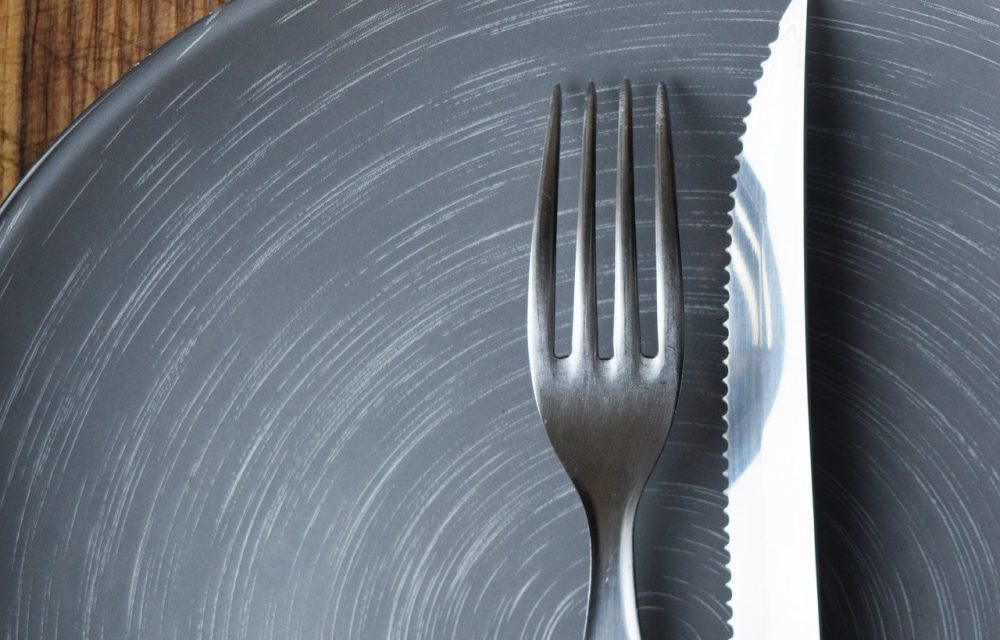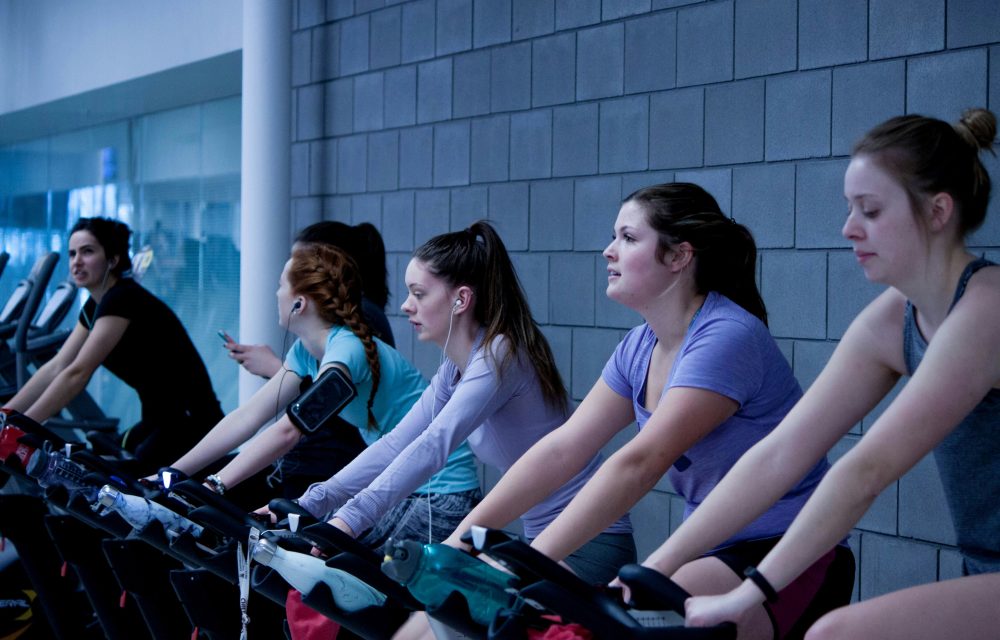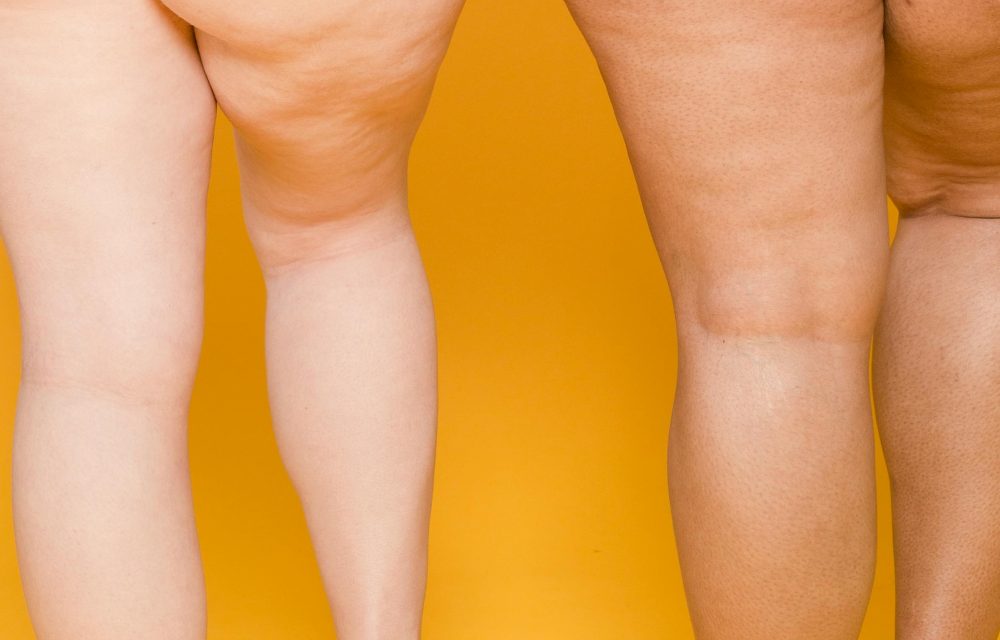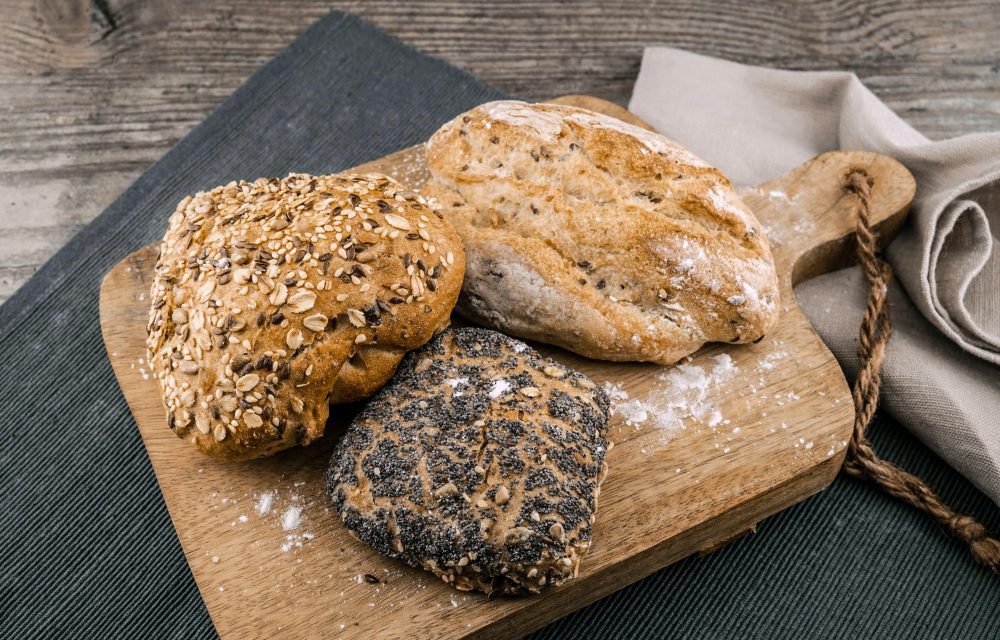Reasons Why You Should Get Outside Everyday
If you aren’t taking fall walking tours in Alexandria, VA, you’re missing out on a spectacular view. Getting outside and walking is good for your mental and physical health. You’ll see the beautiful colors of the black tupelo, sweet gum, and silver maple throughout the city and in parks like Ft. Howard, Jones Point, and Monticello. You can stroll through nature’s wonderland or bike on the many beautiful trails in Alexandria parks. You’ll come back more relaxed and revived from the experience.
Getting outside helps improve your sleep.
Just as solar outdoor lights need sunshine to recharge, our eyes need enough light to reset the circadian rhythm and improve the sleep cycle. If you get early morning light, you’ll sleep sounder at night and fall asleep quicker. The cells in your eyes help set your internal clock. It’s one reason older people tend to have problems sleeping. Their eyes don’t absorb light as well as they did in their youth.
Don’t forget the immunity boost sunshine offers.
Your body uses sunlight to produce vitamin D. Getting out for 20 minutes daily can help improve vitamin D stores. Your body has an improved immune defense when you have adequate vitamin D. It also may help you lose weight. Studies show a correlation between vitamin D deficiencies and obesity. Scientists aren’t sure if a lack of vitamin D causes weight gain or if excess weight causes vitamin D deficiencies. Some scientists believe sun exposure also may energize the T-cells in the body. T-cells improve immunity. Being in areas with plants exposes you to phytoncides given off by plants that aid your immune functioning.
Get outside and walk, run, or ride a bike to aid in weight loss.
The activity will burn extra calories and keep you healthier. It aids in weight loss even more. It boosts vitamin D. Two other factors are improved sleep and the link between obesity and vitamin D deficiency. Getting sun and outside activity helps you sleep better. Lack of sleep can cause an imbalance in your hunger/satiety hormones. Your body produces more hunger hormones when you lack sleep and fewer hormones that make you feel full.
- You may experience less respiratory distress and breathe better when you get outside. Indoor air pollution and allergens are two to five times higher than outdoors.
- Getting out in the sun can lift your spirits and fight depression. If you’re doing mild exercise like walking or biking, the increased exercise helps so much that mental health specialists use it as an adjunct therapy.
- A 2020 study found that children who spent more time outside had less chance of developing myopia. It might be due to a greater variety of colors, a more varied distance between objects, or the dopamine production from light stimulation. It only helps during youth.
- Getting outside and being near other people can expand your social life. Smiling, nodding, or talking to others walking past you are examples. Walking or biking with others is another.
For more information, contact us today at Team Worx Fitness










